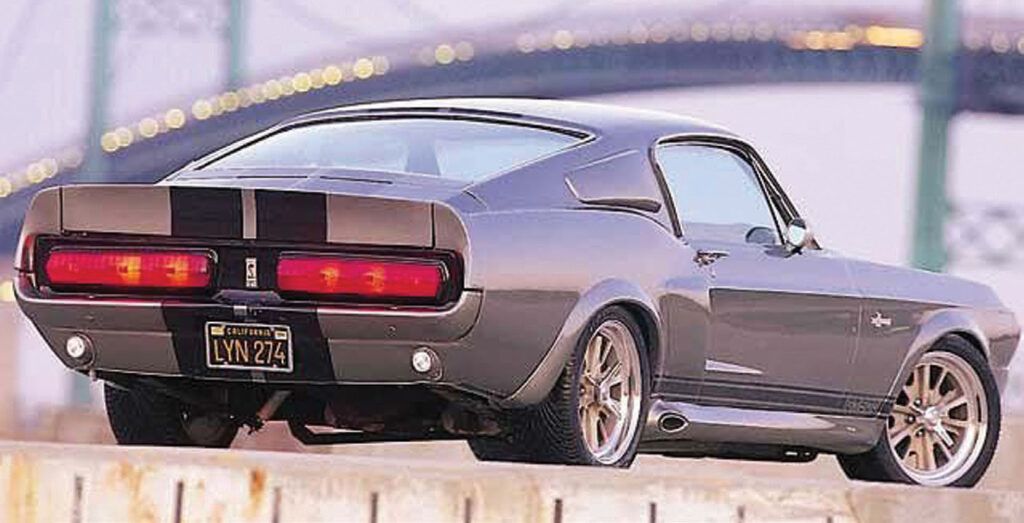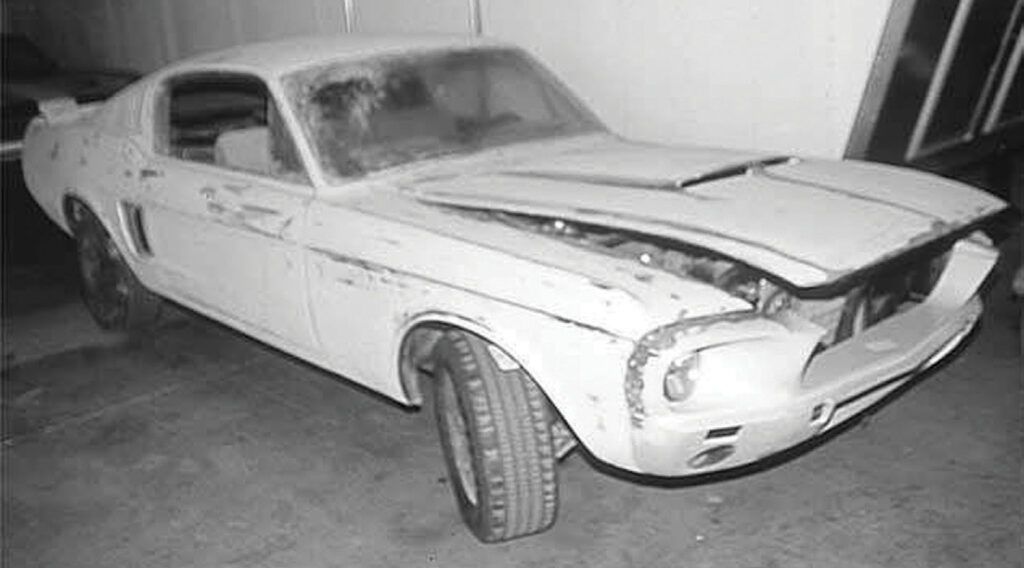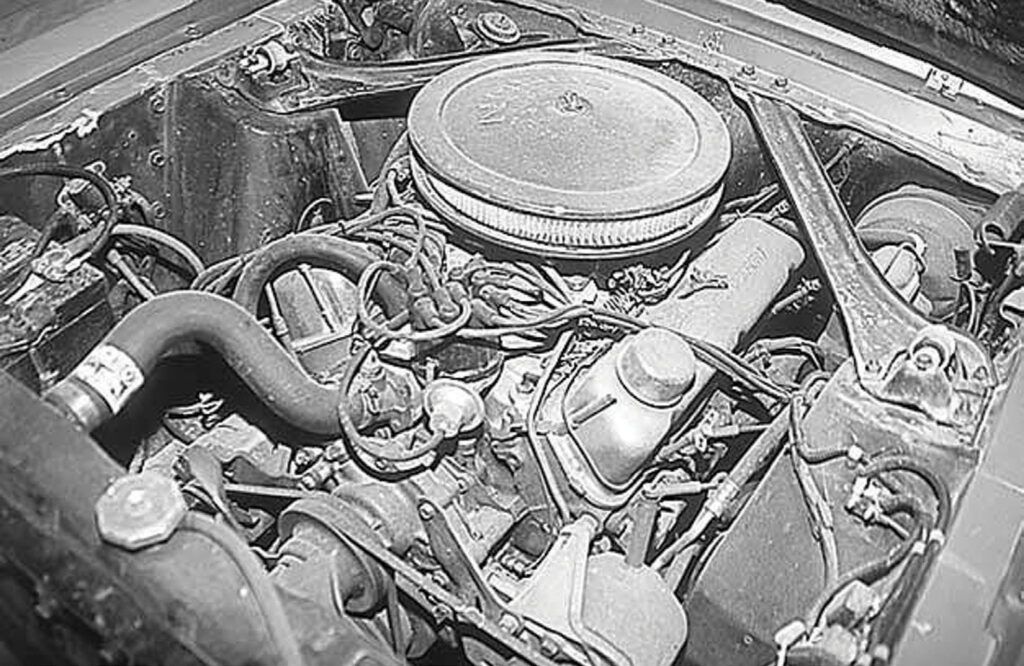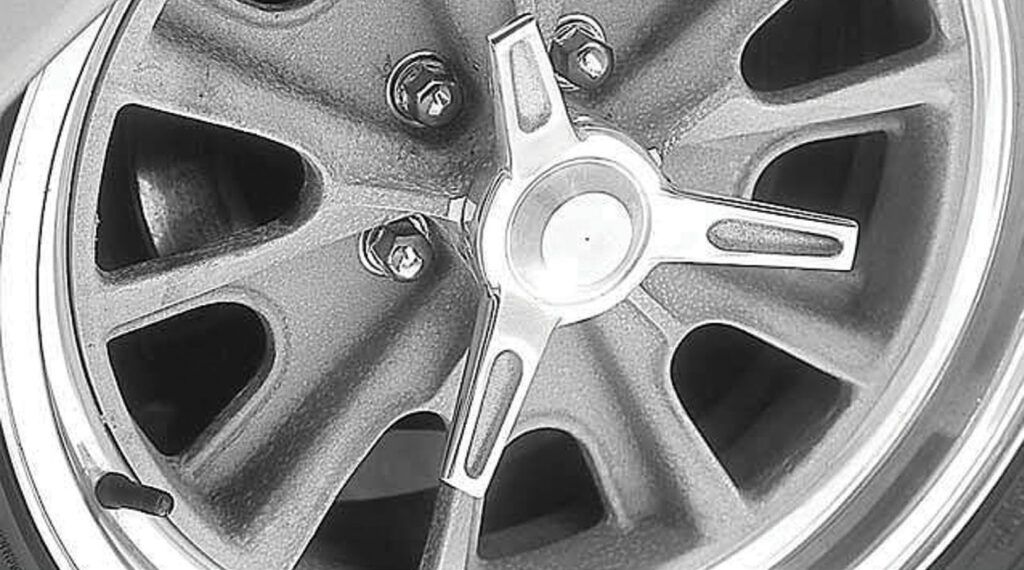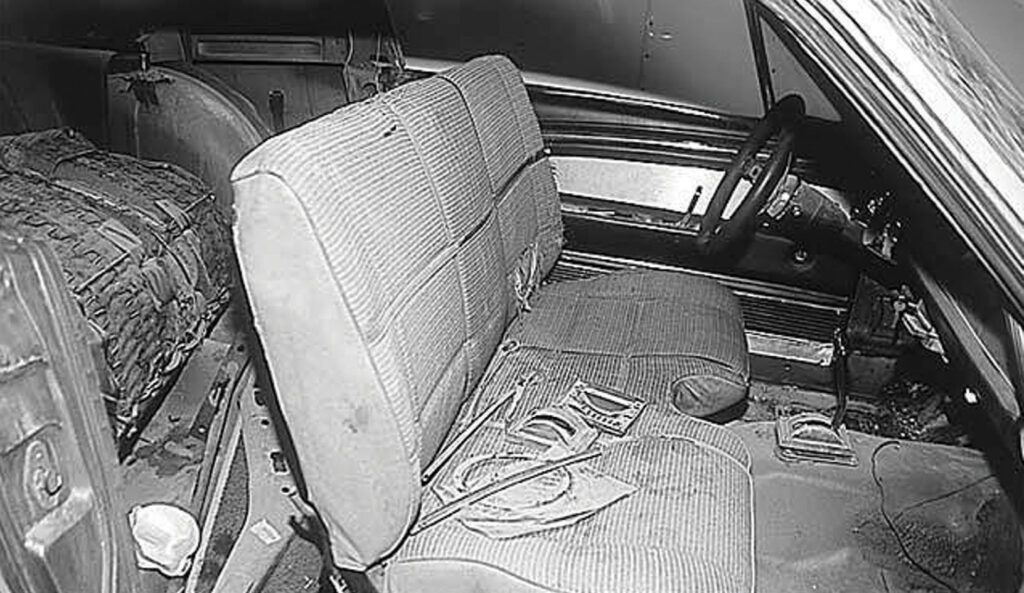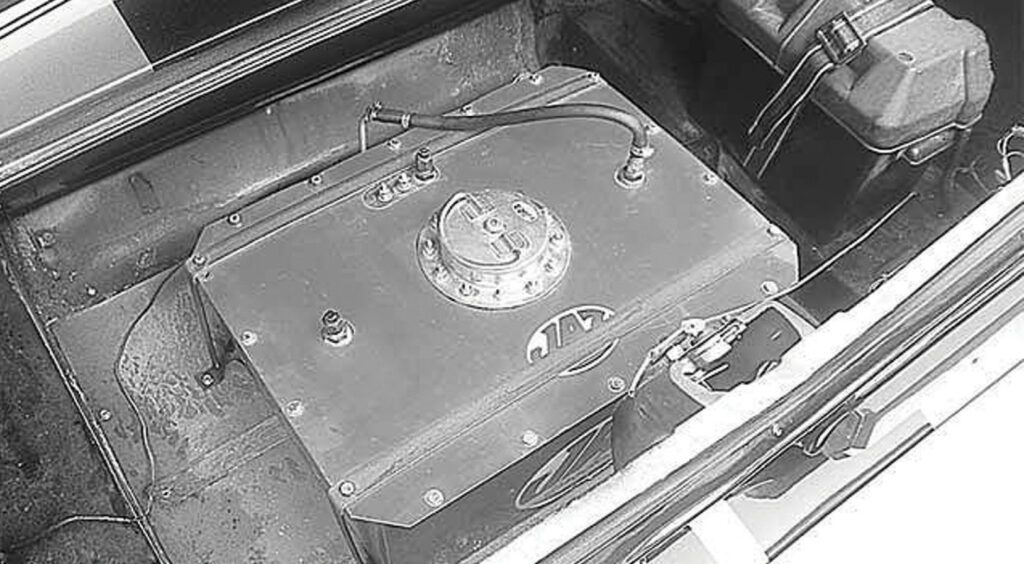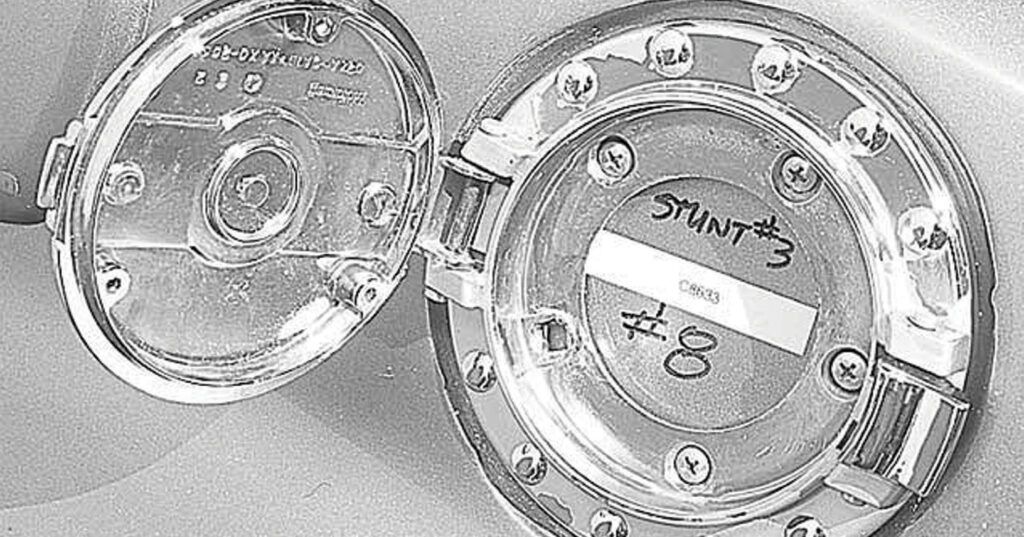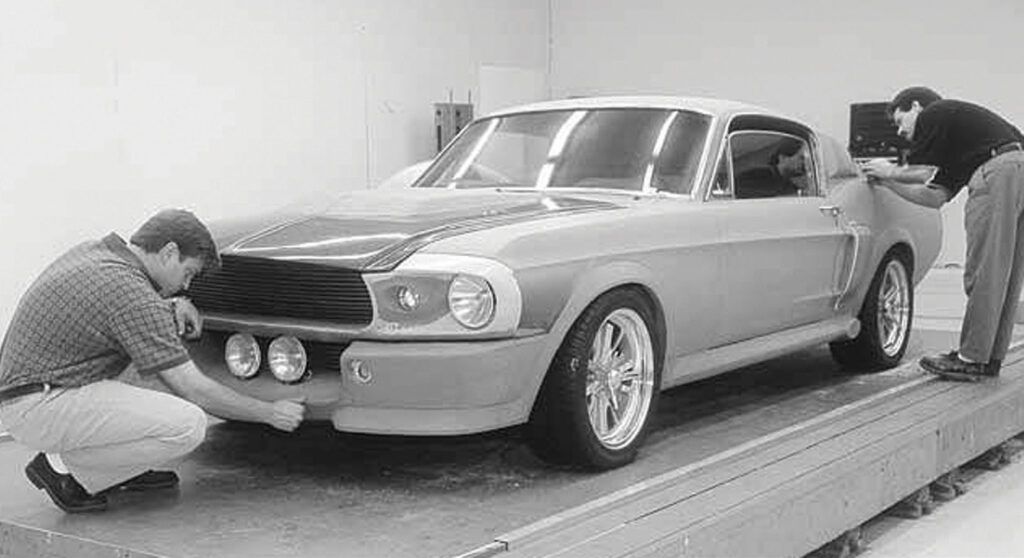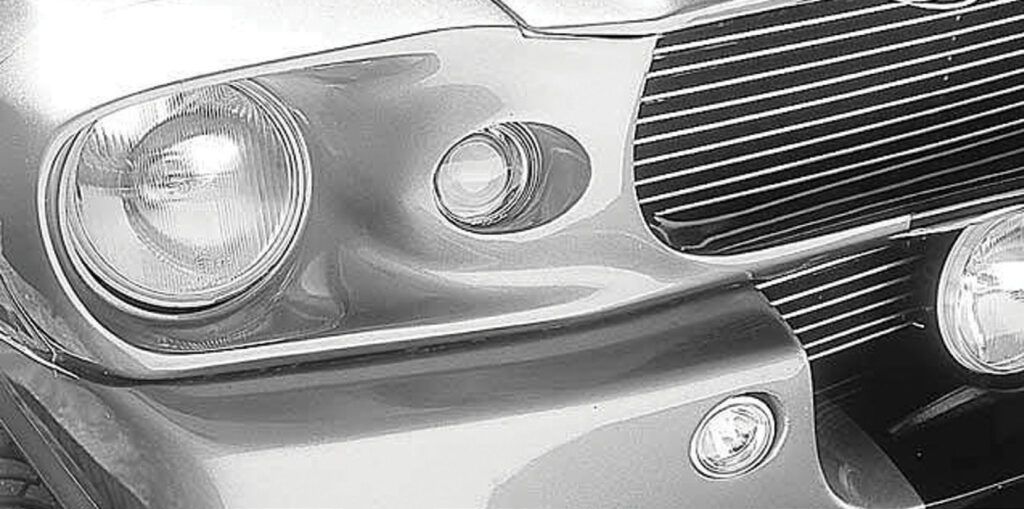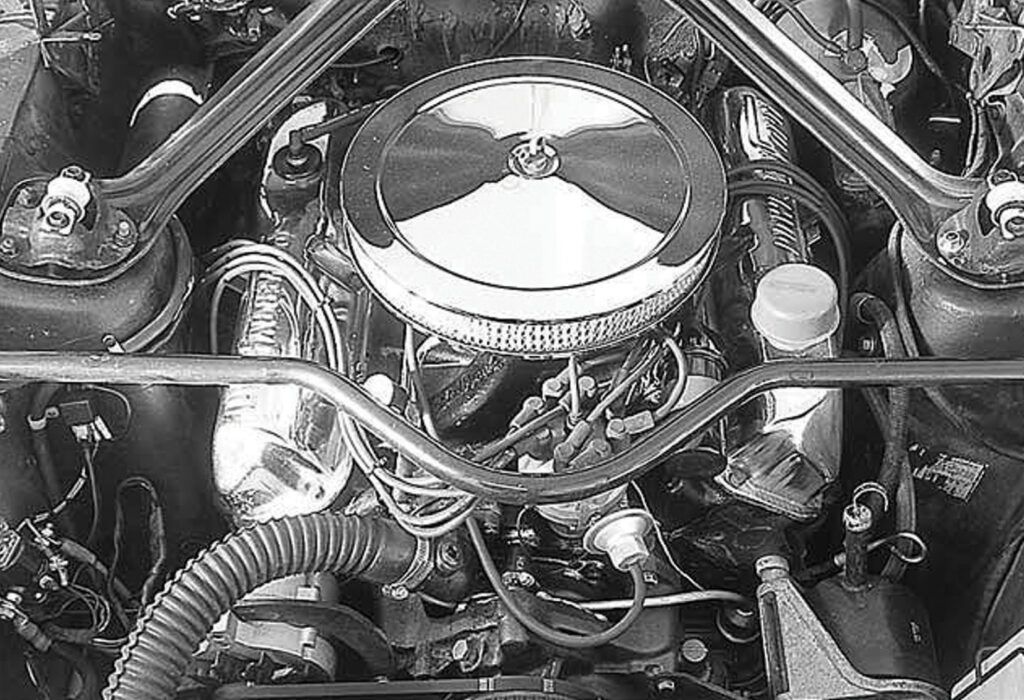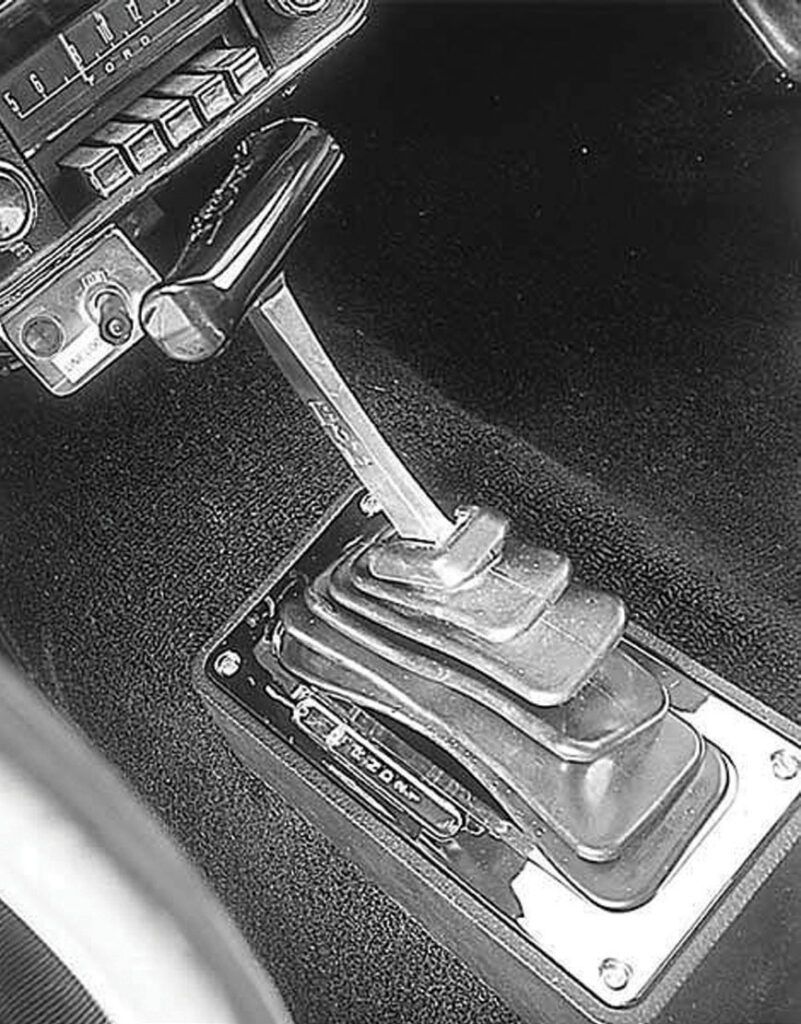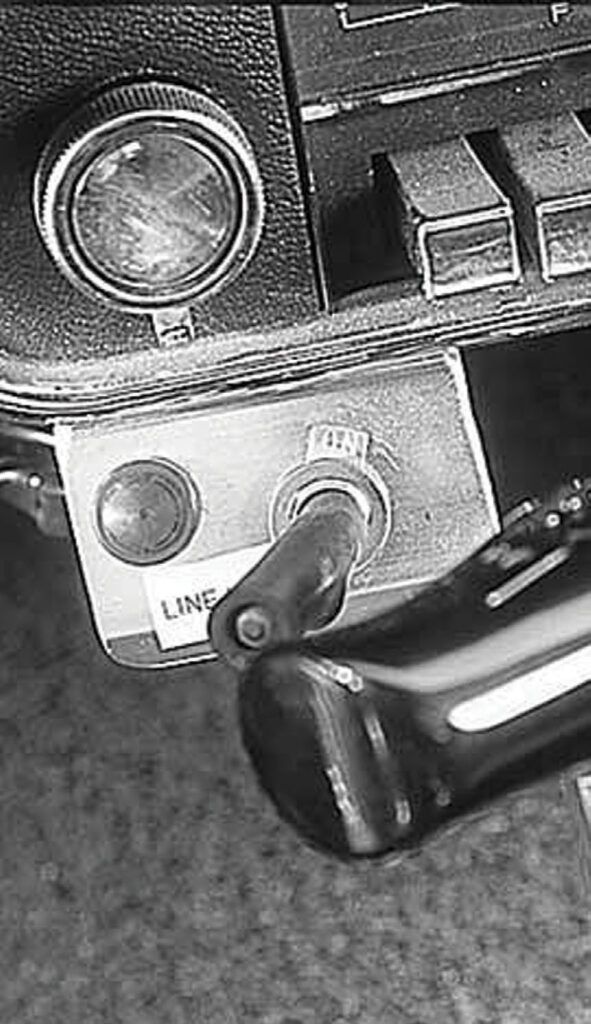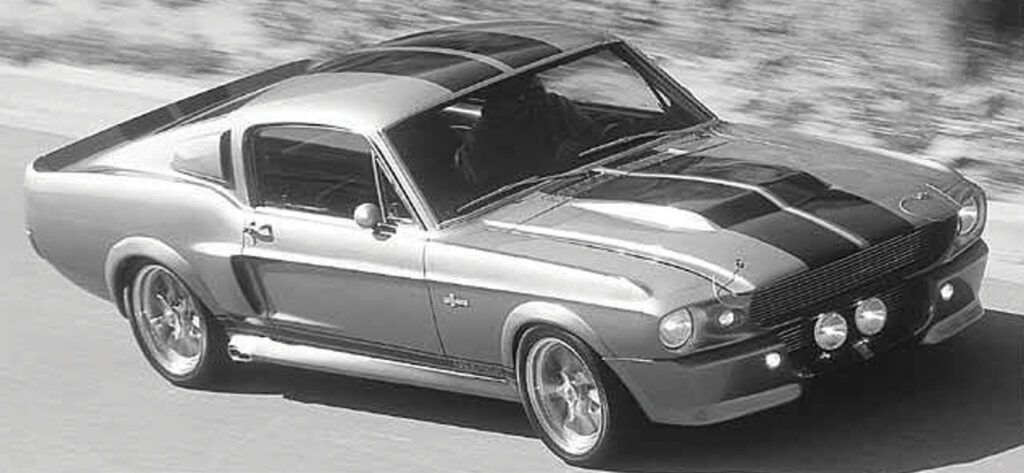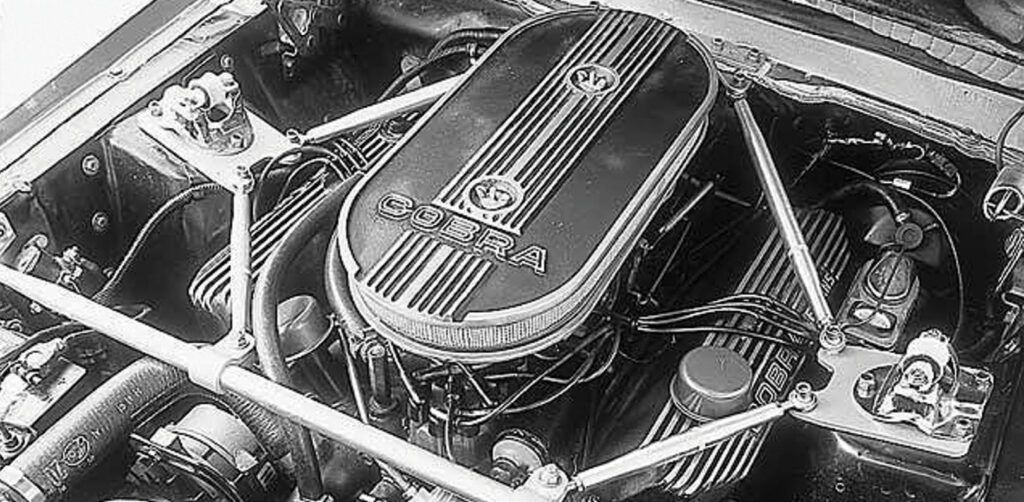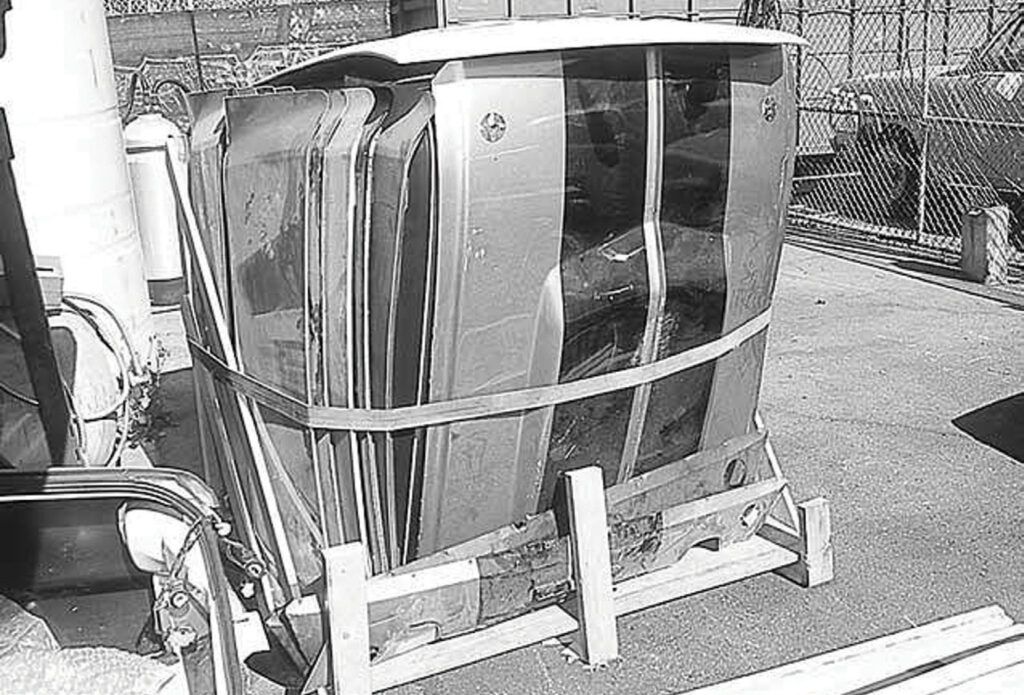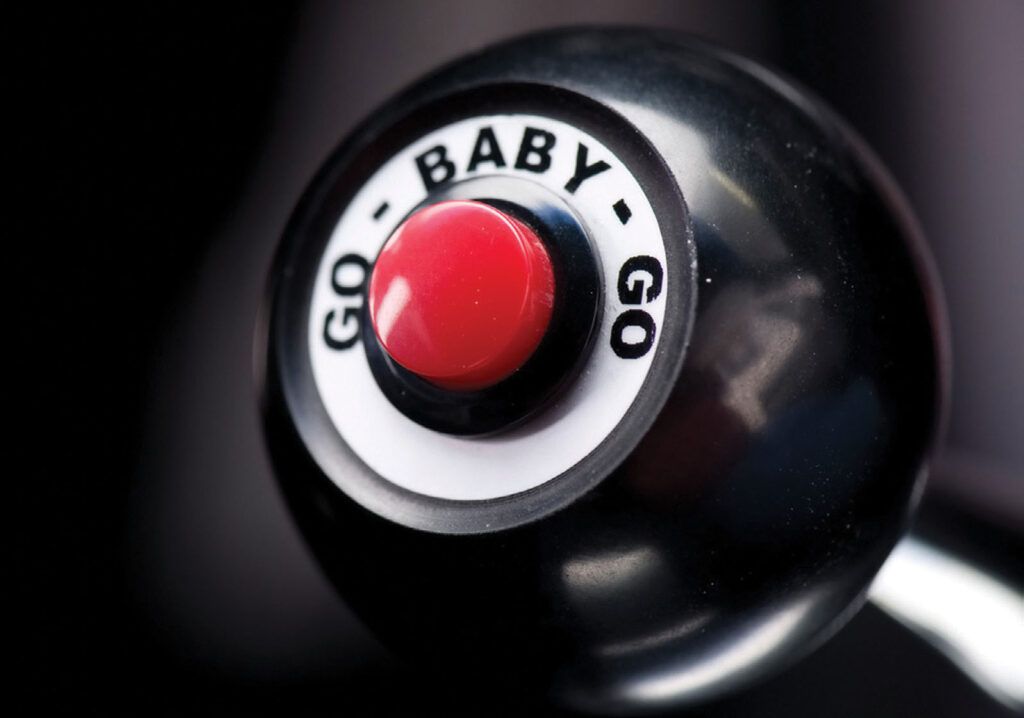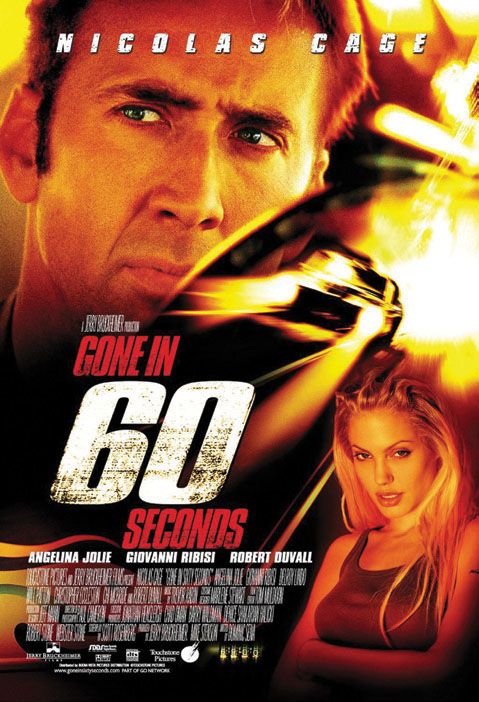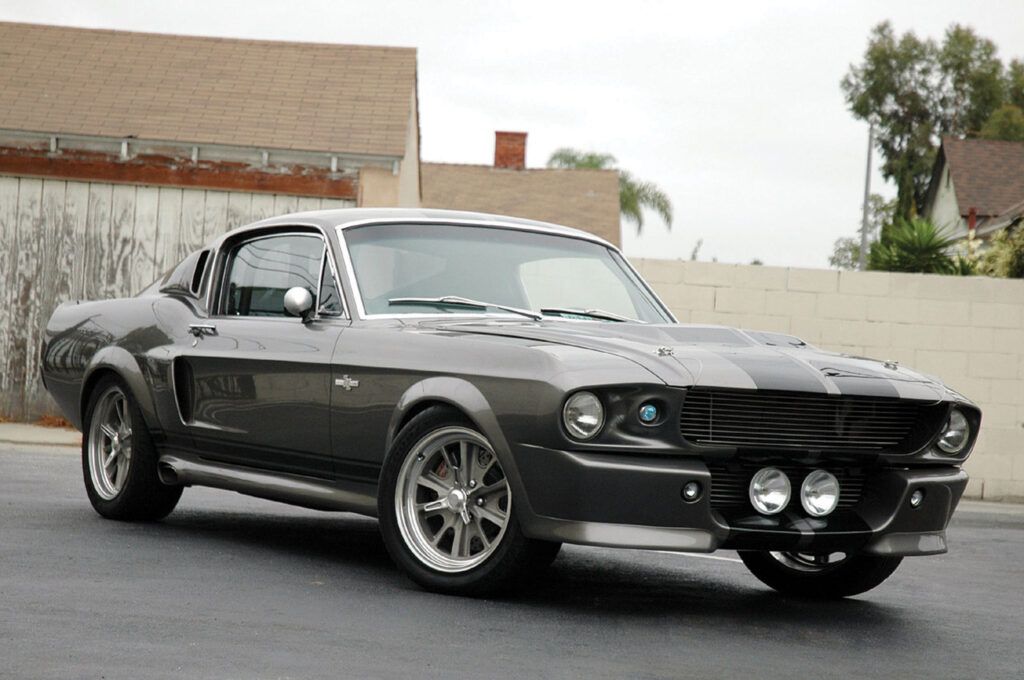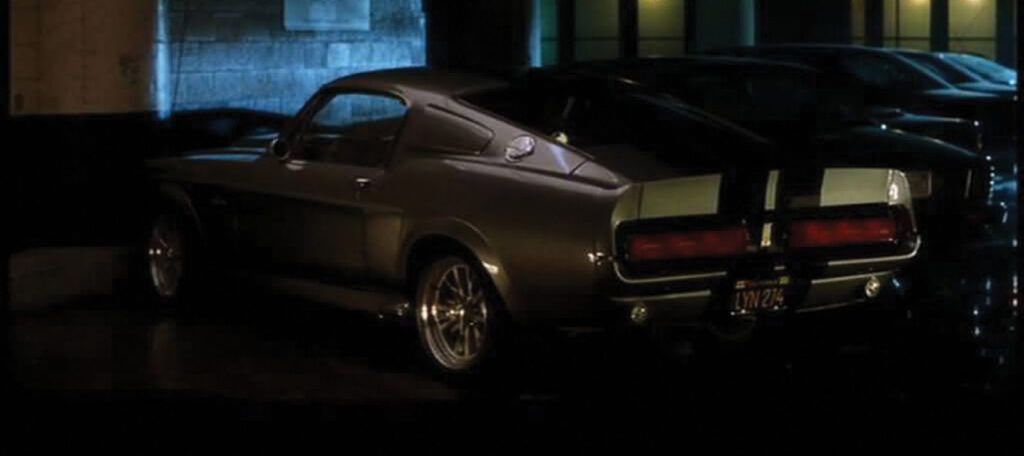
When production began on Gone in 60 Seconds (2000), Eleanor wasn’t even guaranteed to be a Mustang. In fact, early concepts dreamed of a Ford GT40 carving through downtown L.A., but even with a $90 million budget, that vision proved too expensive. So, the hunt began for a car that could hold its own among Ferraris and supercars—and still steal the show. The result: a radical reinterpretation of the 1967 Shelby GT500 Mustang.
While the 2000 film borrowed its name and concept from the original 1974 Gone in 60 Seconds, it wasn’t a true remake. The original was practically an underground art piece, a chaotic 97-minute thrill ride known mainly for a jaw-dropping 40-minute chase scene. The new film—driven by Jerry Bruckheimer’s action pedigree and a cast led by Nicolas Cage—needed something bigger, louder, and faster. Eleanor was to be the emotional core and high-speed heartbeat of the movie.
Chip Foose, Steve Stanford, and production designer Jeff Mann were the trifecta behind the new Eleanor’s design. Stanford sketched it, Foose sculpted it, and Mann brought the aesthetic together with a muscle car edge sharp enough to slice through screen time. Built by Ray Claridge’s Cinema Vehicle Services (CVS), a total of 12 Eleanors were created—each custom-built for different stunts and sequences. Some were made to drift, some to jump, others to crash, and one was simply there to look good.
Despite being the car’s heroic moment, the final Mustang that Memphis Raines (Nicolas Cage) attempts to save from the crusher wasn’t the nicest Eleanor on set. That title belonged to a prototype CVS was building with top-shelf components: a Ford Motorsport 351 crate engine, Versailles rear end, Total Control rack-and-pinion steering. But in a twist of Hollywood irony, the best car was disguised as a beat-up gift Mustang from Kip to Memphis—primered, with mismatched wheels and a fake patina.
Every Eleanor featured the iconic fiberglass bodykit designed by Foose, including the bespoke hood, valance, side skirts, and functional billet grille. The wheels—Schmidt 17x8-inchers inspired by the GT40—were wrapped in Goodyear Eagle F1 rubber. The famous side-exit exhausts? Just for show. So were the fuel fillers on the C-pillars, borrowed from a ’71 Mach 1. These were movie cars built to look lethal on screen, not to win show trophies or hold up in traffic.
The 2000 film also introduced a secret 13th Eleanor. Built exclusively for Jerry Bruckheimer himself, this was the only real 1967 Shelby GT500 used in the production. Fitted with a legit 428 big block, dual quads, and a 4-speed manual, it retained the side pipes, C-pillar filler, and more. It looked like the rest, but under the skin, it was the purest Shelby of the bunch. When fired up in the garage at Bruckheimer Films, the sound was strong enough to rattle condiments off the shelves.
As for stunt work, only seven of the 12 cars survived production. Two were written off during the dramatic Vincent Thomas Bridge jump—filmed in segments using ramps, cables, and even CGI. Another pair met their end in the film’s junkyard finale. The rest were banged up, repainted, rebuilt, and repurposed so many times that even CVS couldn’t keep track of them all.
While Nicolas Cage did a surprising amount of the driving himself, the real heroes behind Eleanor’s most unforgettable moments were the stunt drivers—350 crew members in total, weaving through midday traffic in L.A., making magic out of metal.
Today, the legacy of Eleanor remains as strong as ever. Dozens of replicas exist. Licensing rights have sparked lawsuits. And yet, no matter how many tributes roll out of garages around the world, there’s still only one true Eleanor—and her star was born on the silver screen.


